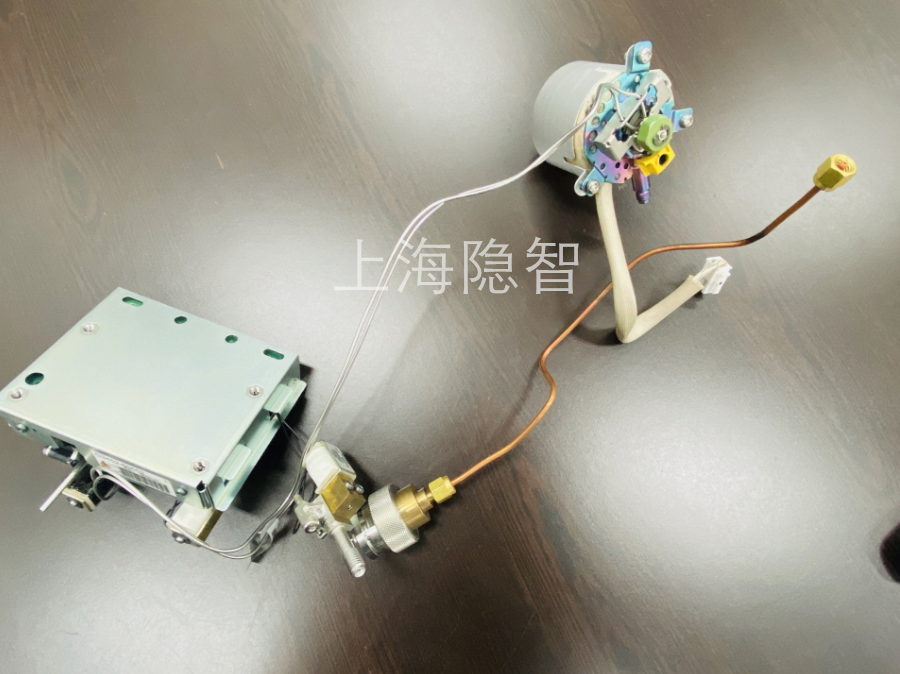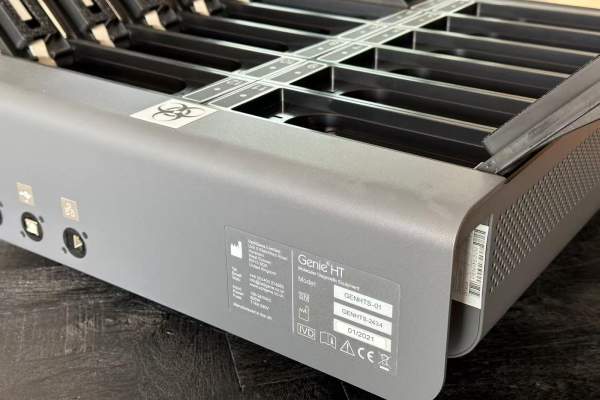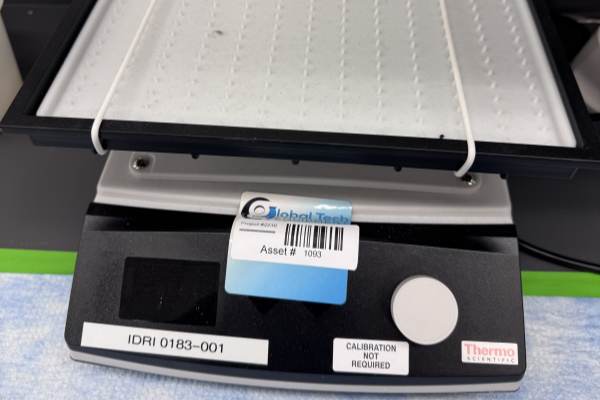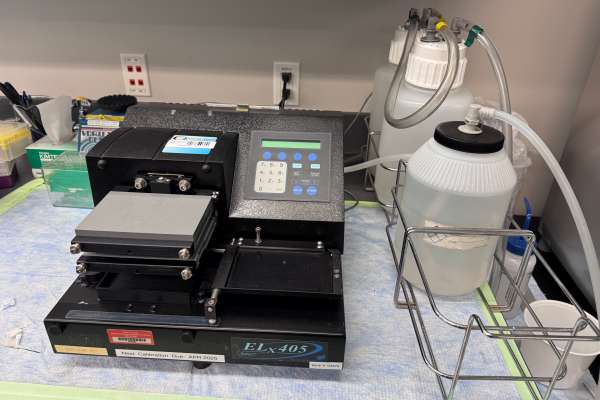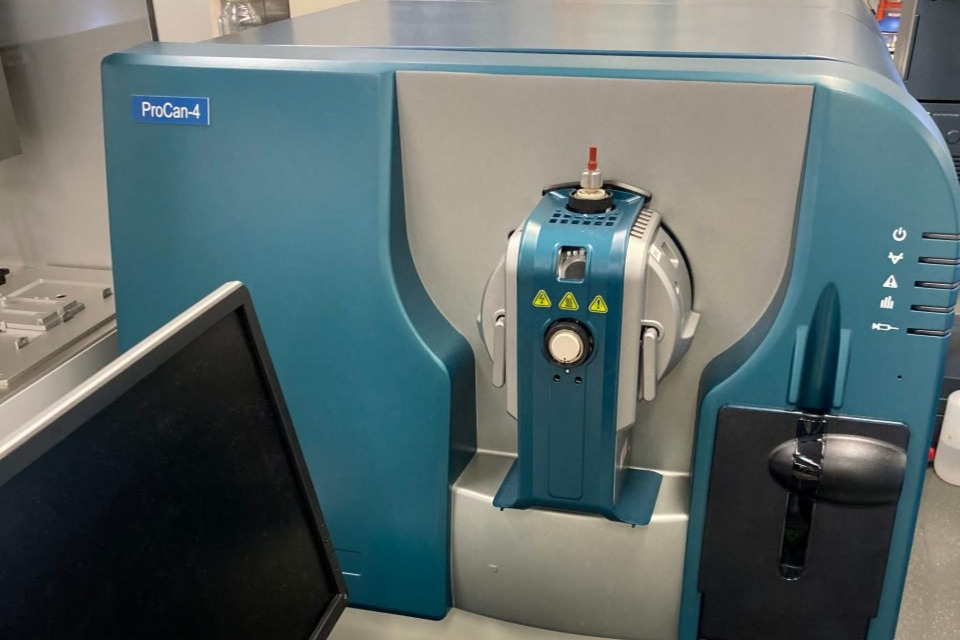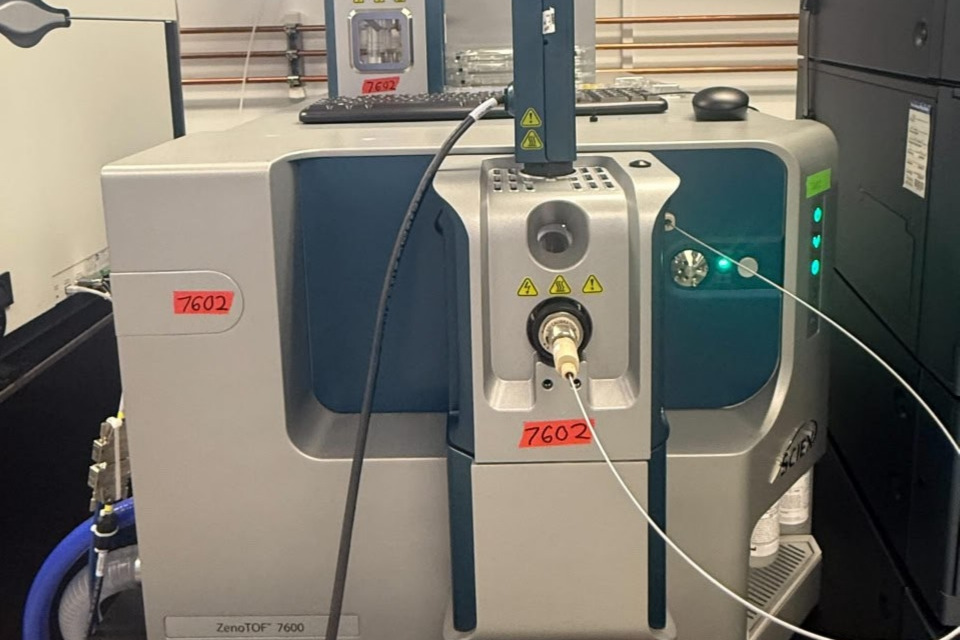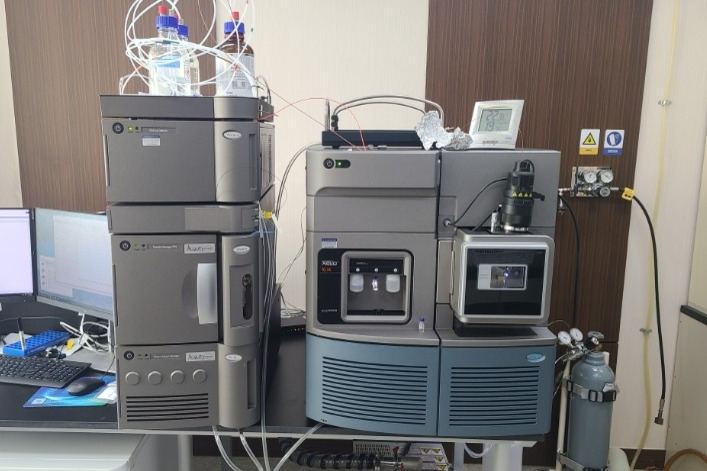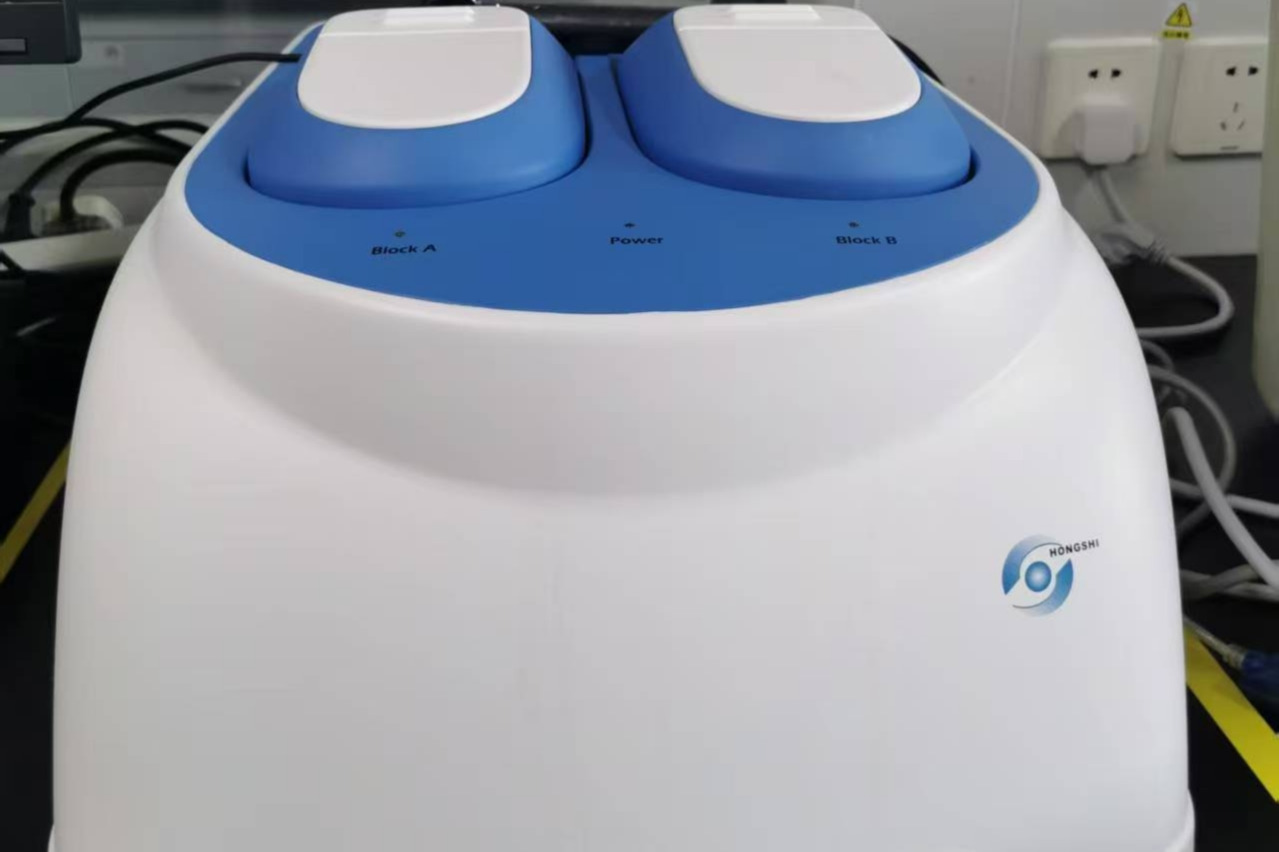Device built-in
Comprehensive Analysis of Agilent GC Split/Splitless (SSL) Inlet
The Agilent Gas Chromatography Split/Splitless Inlet (SSL) is the most widely configured inlet type in GC systems, suitable for the vast majority of routine analytical requirements. As a critical component connecting the sample introduction system to the chromatographic column, the SSL inlet design directly impacts the accuracy and reproducibility of analytical results.
Basic Structure and Working Principle
The SSL inlet primarily consists of three core components: the septum, liner, and split plate. The septum, made of high-temperature resistant materials (such as silicone rubber), maintains system airtightness while enduring hundreds of syringe punctures. The liner serves as the sample vaporization chamber, with its internal structure (e.g., glass wool, baffles) optimizing sample vaporization efficiency. The precisely engineered split plate controls split ratios with high accuracy.
When liquid samples are injected into the heated liner, they rapidly vaporize and mix with carrier gas. In split mode, most of the sample (typically over 90%) exits through the split vent, with only a small portion entering the column—ideal for high-concentration sample analysis. In splitless mode, the split vent closes, allowing all sample to enter the column, significantly enhancing sensitivity for trace-level analysis.
Primary Operation Modes and Characteristics
The SSL inlet supports four distinct injection modes to meet diverse analytical needs:
- Split Injection: Standard mode with split ratios typically set between 10:1 to 50:1, preventing column overload and producing sharp peaks.
- Splitless Injection: The split valve closes for 30-60 seconds to direct all sample into the column. Initial column temperature should be 10-20°C below the solvent boiling point for solvent focusing effects.
- Pulsed Split Injection: Momentarily increases inlet pressure to rapidly "push" samples into the column, reducing thermal decomposition risks—particularly suitable for gases or thermally unstable compounds.
- Pulsed Splitless Injection: Combines pulsed pressure with splitless technology, supporting large-volume injections (up to 5μL) to dramatically improve trace component detection sensitivity.
Key Application Areas
The versatility of SSL inlets makes them the preferred choice across multiple industries:
- Environmental Analysis: VOCs in water, SVOCs in soil, air pollutant monitoring
- Food Safety: Pesticide residues (organophosphorus, organochlorine, etc.), plasticizers, food additives
- Petrochemicals: Gasoline components, polymer monomers, solvent purity analysis
- Pharmaceuticals: API impurity profiling, residual solvent detection
For pesticide residue analysis, pulsed splitless mode can detect ppb-level concentrations when paired with high-sensitivity detectors (e.g., ECD or MSD), enabling accurate quantification of trace components in complex matrices.
Maintenance and Troubleshooting
As the GC system component with the highest contamination risk, SSL inlets require regular maintenance:
- Septum Replacement: Every 100-200 injections or when pressure anomalies occur to prevent leaks
- Liner Cleaning/Replacement: Clean or replace liners every 50-100 injections, depending on sample cleanliness
- Split Vent Trap Replacement: Change every 3-6 months when analyzing high-boiling-point or complex-matrix samples to prevent EPC contamination
- O-ring Inspection: Ensure all connections remain airtight to avoid carrier gas leaks
Common issues include ghost peaks (contaminated liner), peak broadening (improper split ratio), and sensitivity loss (incorrect splitless time settings)—all addressable through systematic maintenance.
Agilent 7890 and 8890 GC systems feature SSL inlets as standard, with Electronic Pneumatic Control (EPC) technology precisely adjusting split ratios to 0.001psi for exceptional reproducibility. As the "throat" of gas chromatography, proper SSL inlet selection and maintenance are fundamental to obtaining reliable data.


